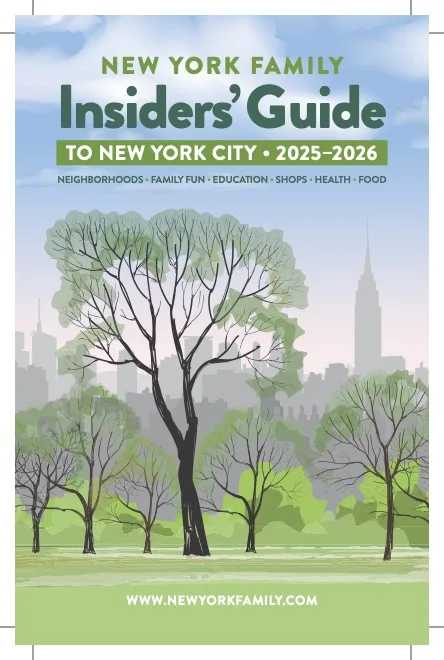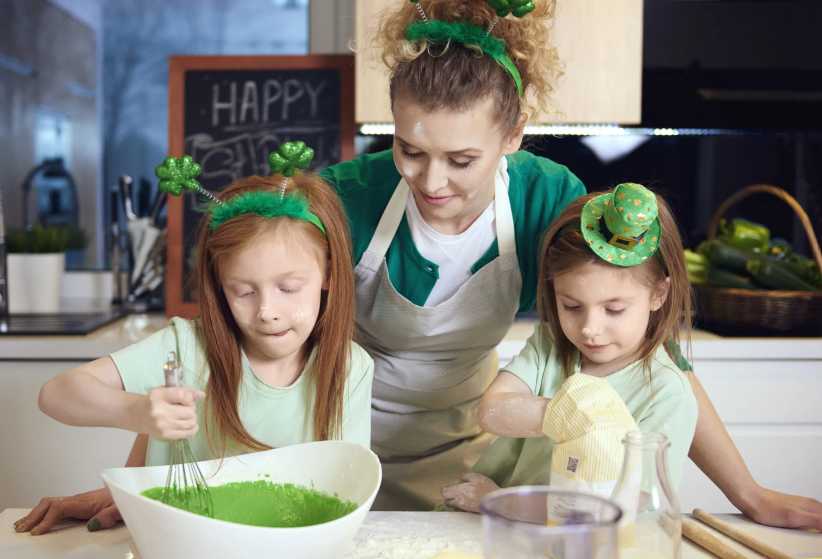Everybody “knows” what clean eating is not: Artificially flavored, artificially colored, sugary (or artificially sweetened), highly preserved or processed foods. But what IS clean eating and who defines what it is?
For some people, clean eating means a short ingredient list. For others, it can mean only pronounceable ingredients. And to some, it may be “clean” only if the food is labeled natural or organic.
In fact, like other terms such as “natural,” “fresh,” “farm fresh,” “wholesome” and “guilt-free,” clean eating is not formally defined by the Food and Drug Administration, and it can mean whatever you want. This contrasts with the term “organic” which is highly regulated.
But most of us think we know what clean eating is. Food that is whole, unprocessed, or in a less-processed state. Eating food that looks like real food. More fruits, vegetables, whole grains, and lean meats with fewer sugary, high-calorie beverages, and saturated-fat foods.
Some clean eating plans even eliminate dairy, gluten, and soy, but this may be going overboard. Most people are able to digest gluten and dairy, while soy can be part of a healthful diet.
Clean label programs
Restaurants and food manufacturers are responding to what they believe their consumers want. Risky food additives like synthetic dyes are disappearing from many available items.
For example, earlier this year, Panera announced that all of its products and in-store menu items are now free of food additives such as sodium benzoate, nitrates, sodium phosphate, potassium sorbate, and FD&C colors.
But there is still much to do to remove some of the worst food additives and develop a clear definition for the term “clean eating,” according to the Center for Science in the Public Interest, a watchdog group.
The Center would like to see the actual banning of artificial colors like Blue 1 and Yellow 5, both linked to behavioral problems in children, certain artificial flavors that are thought to be carcinogens, and preservatives like BHA and propyl gallate.
A dark side?
But is our preoccupation with cleaning up foods diverting attention from more substantive nutritional issues, such as reducing the common ingredients salt and added sugars? These are known to boost the risk of developing a heart attack or stroke.
Interestingly, some hard-to-pronounce ingredients are actually harmless. An additive with a chemical-sounding name like calcium propionate is actually considered to be safe. Other additives deemed safe by the Center are modified food starch, calcium stearoyl lactylate, and sodium acid pyrophosphate (the latter is used in French fries and reduces acrylamide, a carcinogen).
And could the message of clean eating be damaging? Could the rhetoric and mentality surrounding the clean-eating movement cause unintended harm? There is a fine line between “eating clean” and “detoxing” or “cleansing,” where food becomes a moralistic choice and could actually lead to disordered eating.
Top three tips for cleaning up
Make clean eating part of your diet with these tips:
Eat more whole, less processed food. For example, whole chicken breasts or thighs instead of commercially made chicken nuggets. Smoothies you make with whole fruit rather than fruit juice. Can’t eliminate all processed foods 100 percent of the time? No worries! Just aim for a diet that’s 80 percent clean.
Limit added sugars. Sugars often have the suffix –ose. For example, sucrose and glucose. Other added sugars are malted corn syrup, barley syrup, corn syrup, and high fructose corn syrup. Even fruit juice concentrate is a form of added sugar.
Cook more at home. This way you know what goes into the food you and your family eats. Minimize buying fast food and vending machine items.
Christine Palumbo is a Naperville-registered dietitian nutritionist and Fellow of the American Academy of Nutrition and Dietetics who eats clean most of the time. Follow her on Twitter @PalumboRD, Facebook at Christine Palumbo Nutrition, or Chris





















